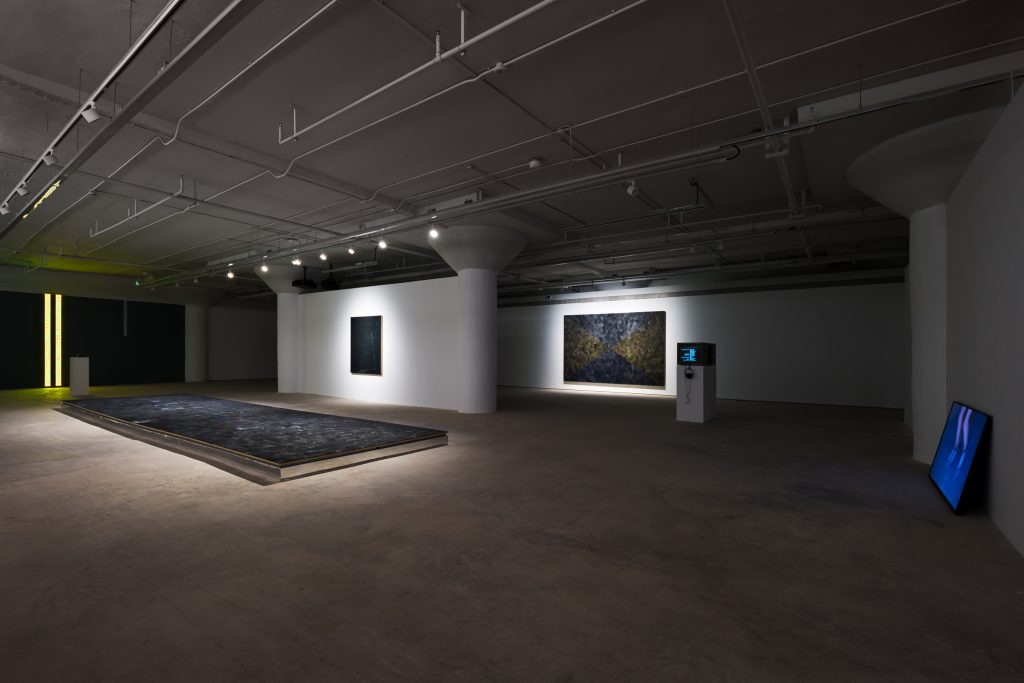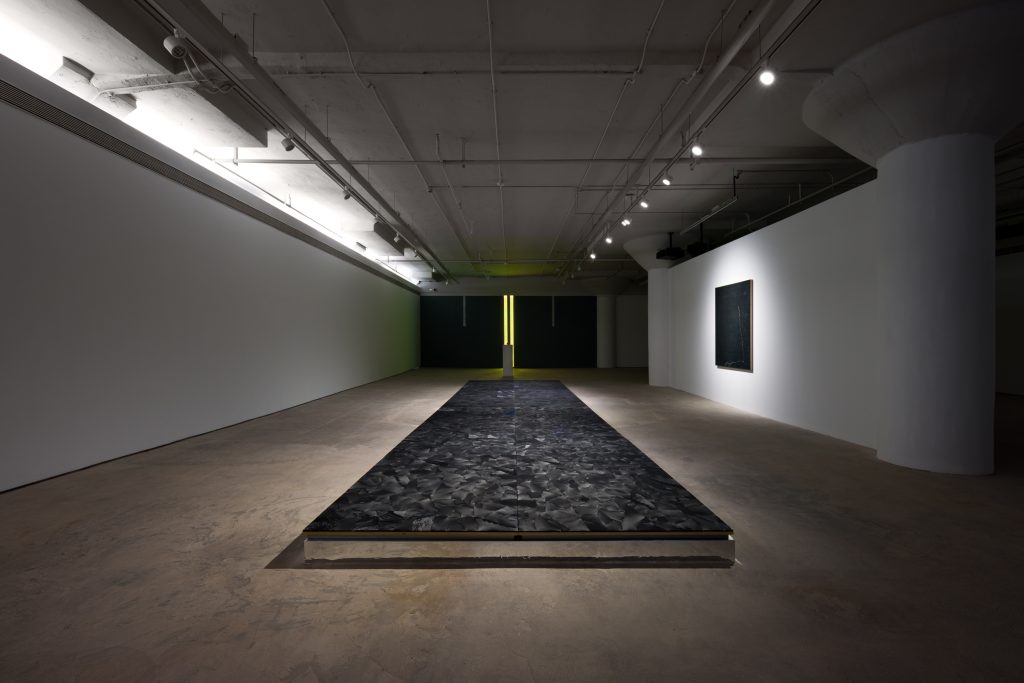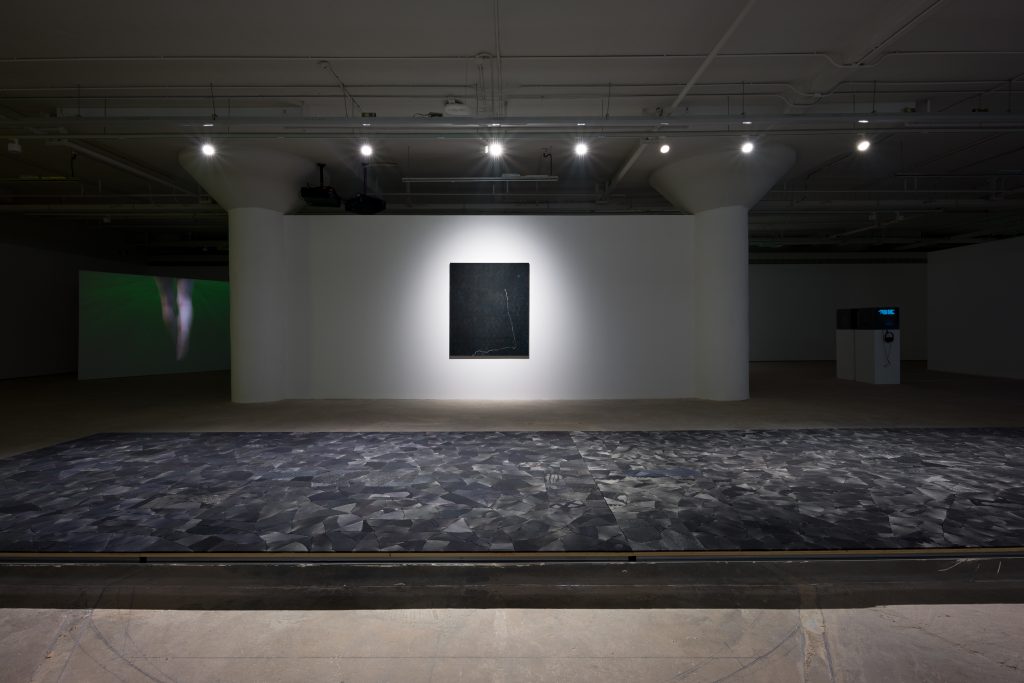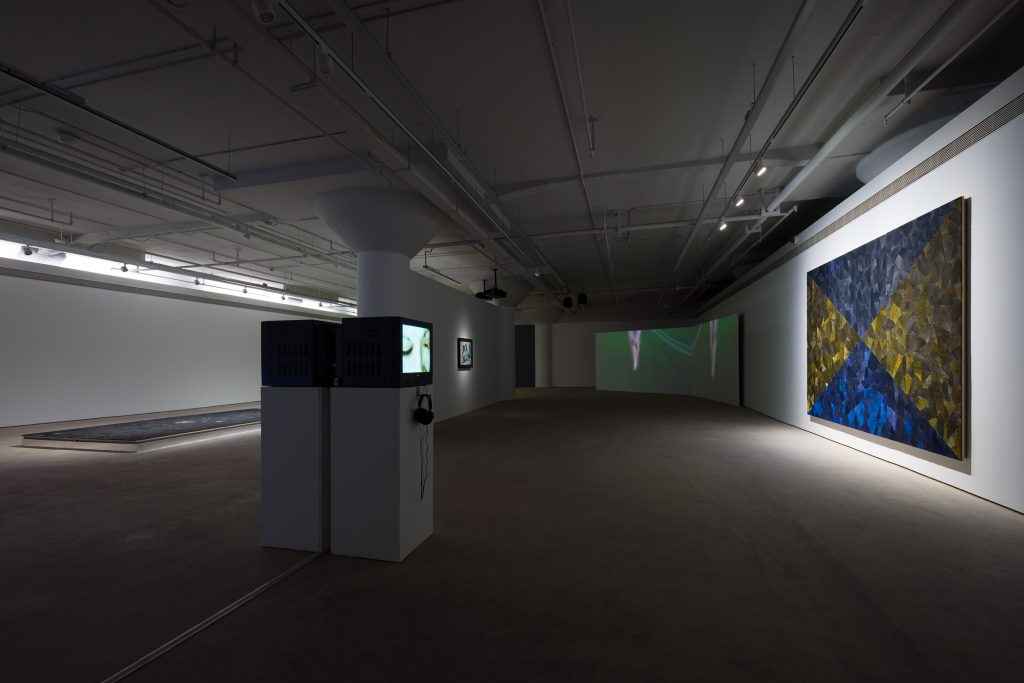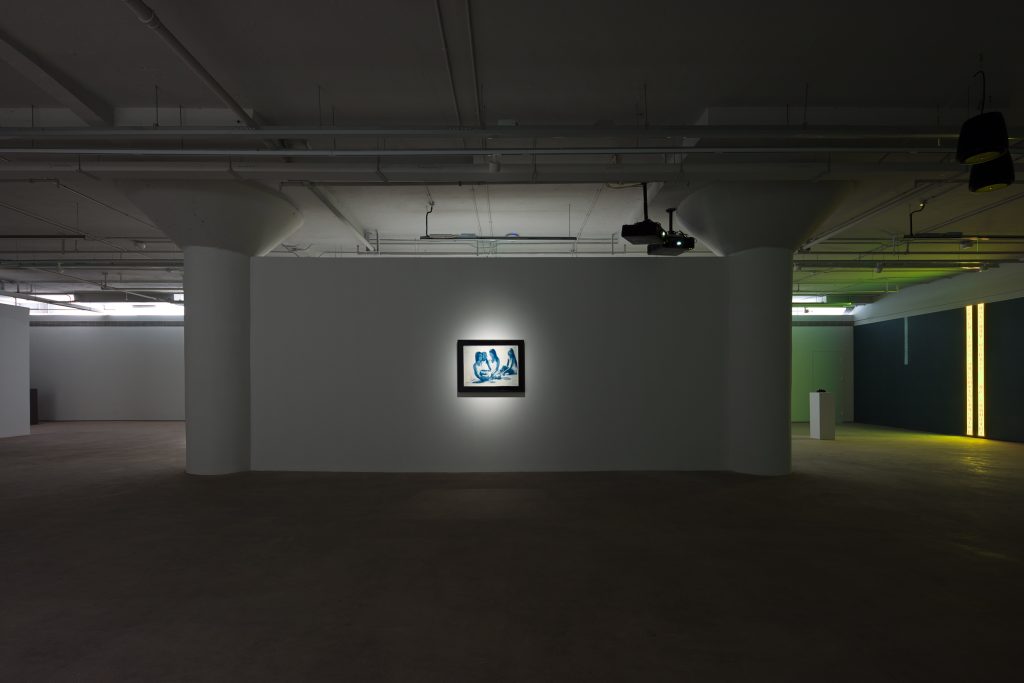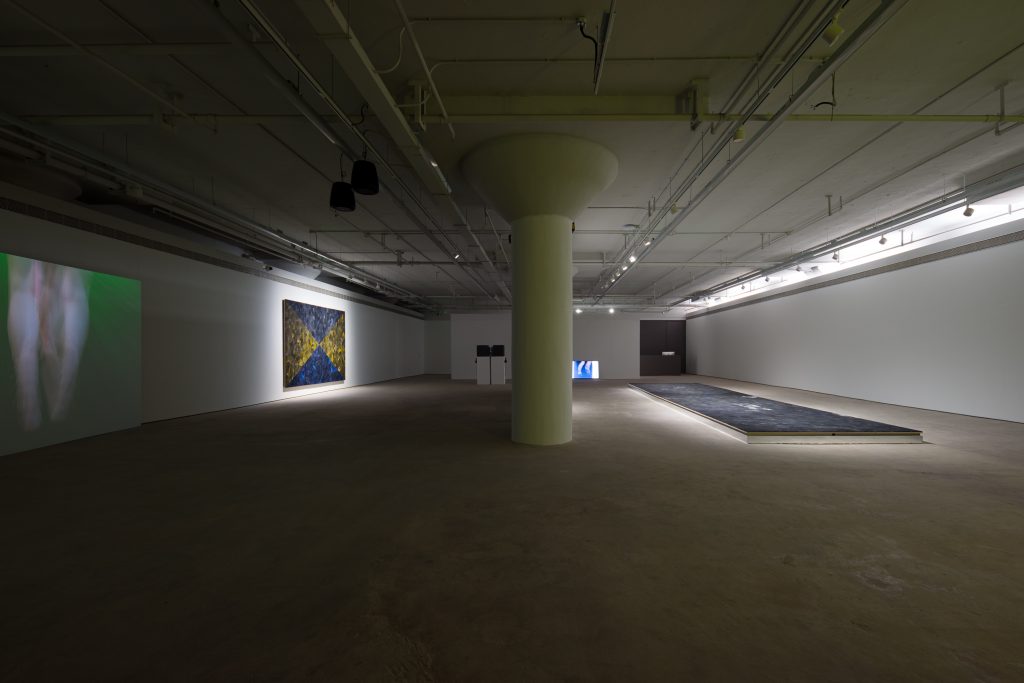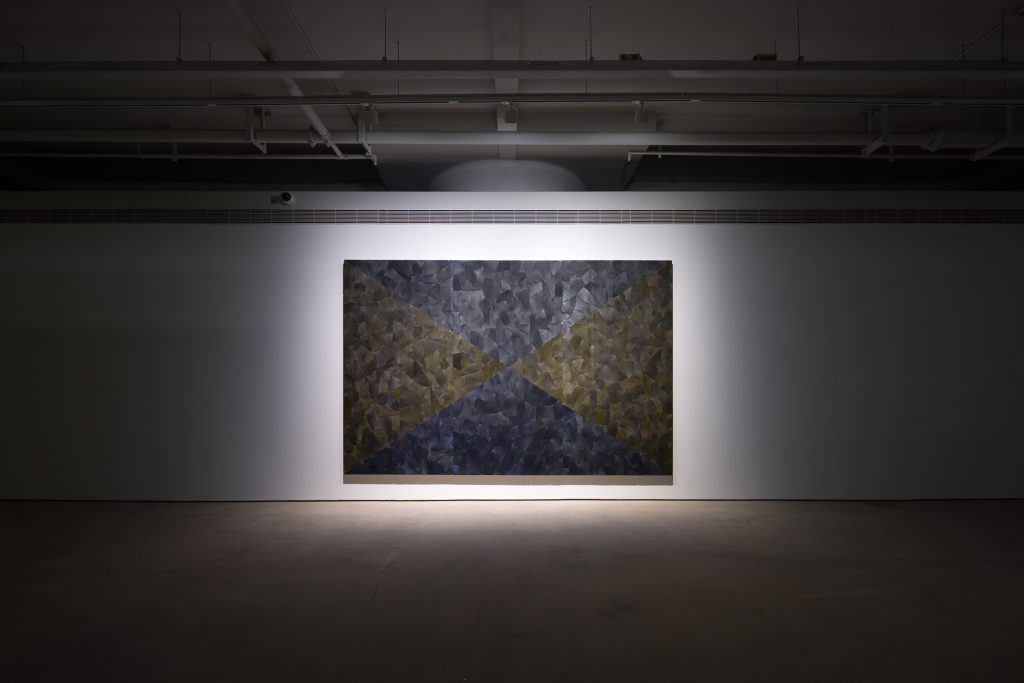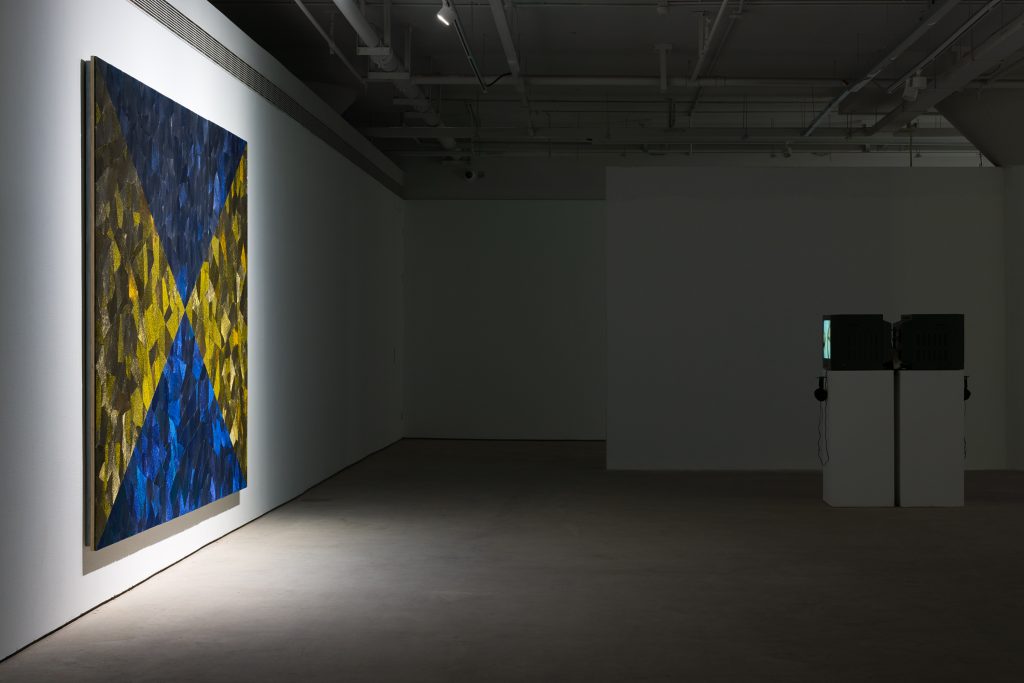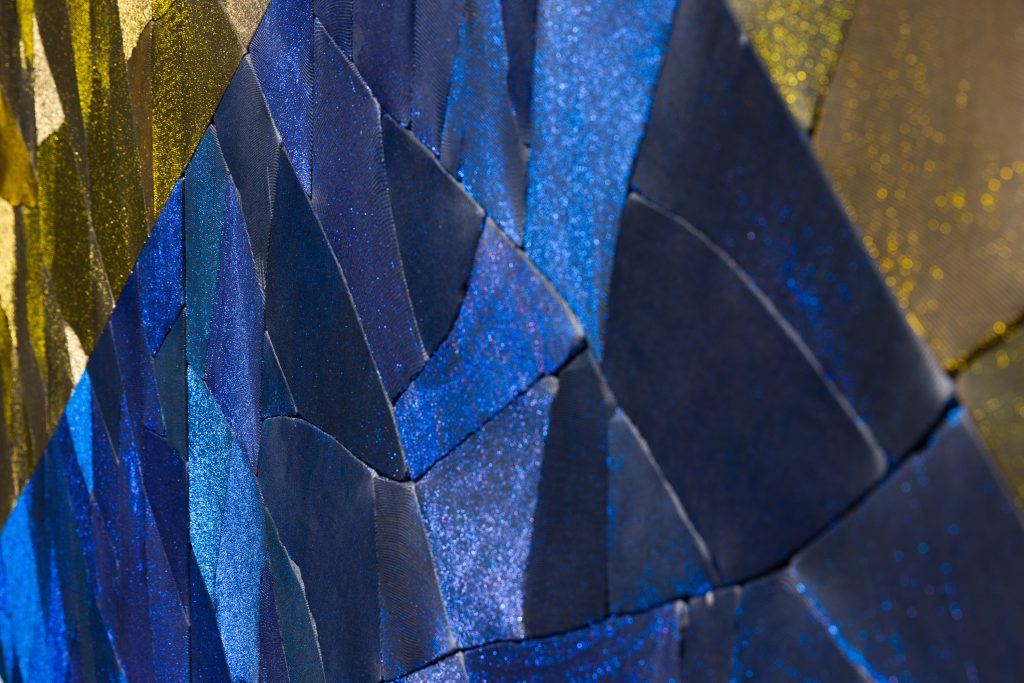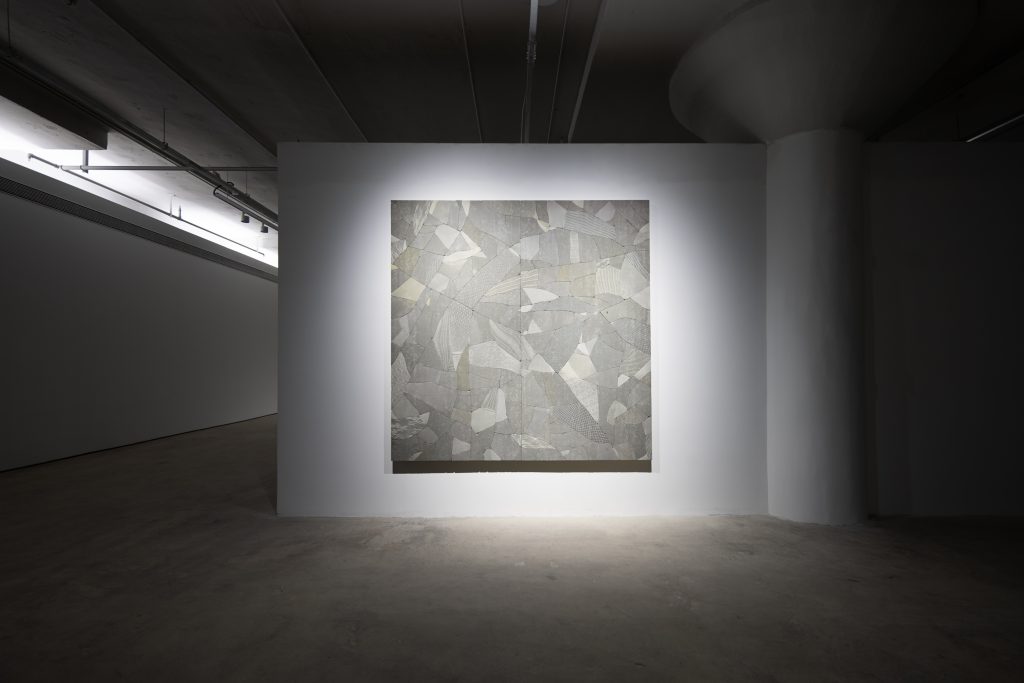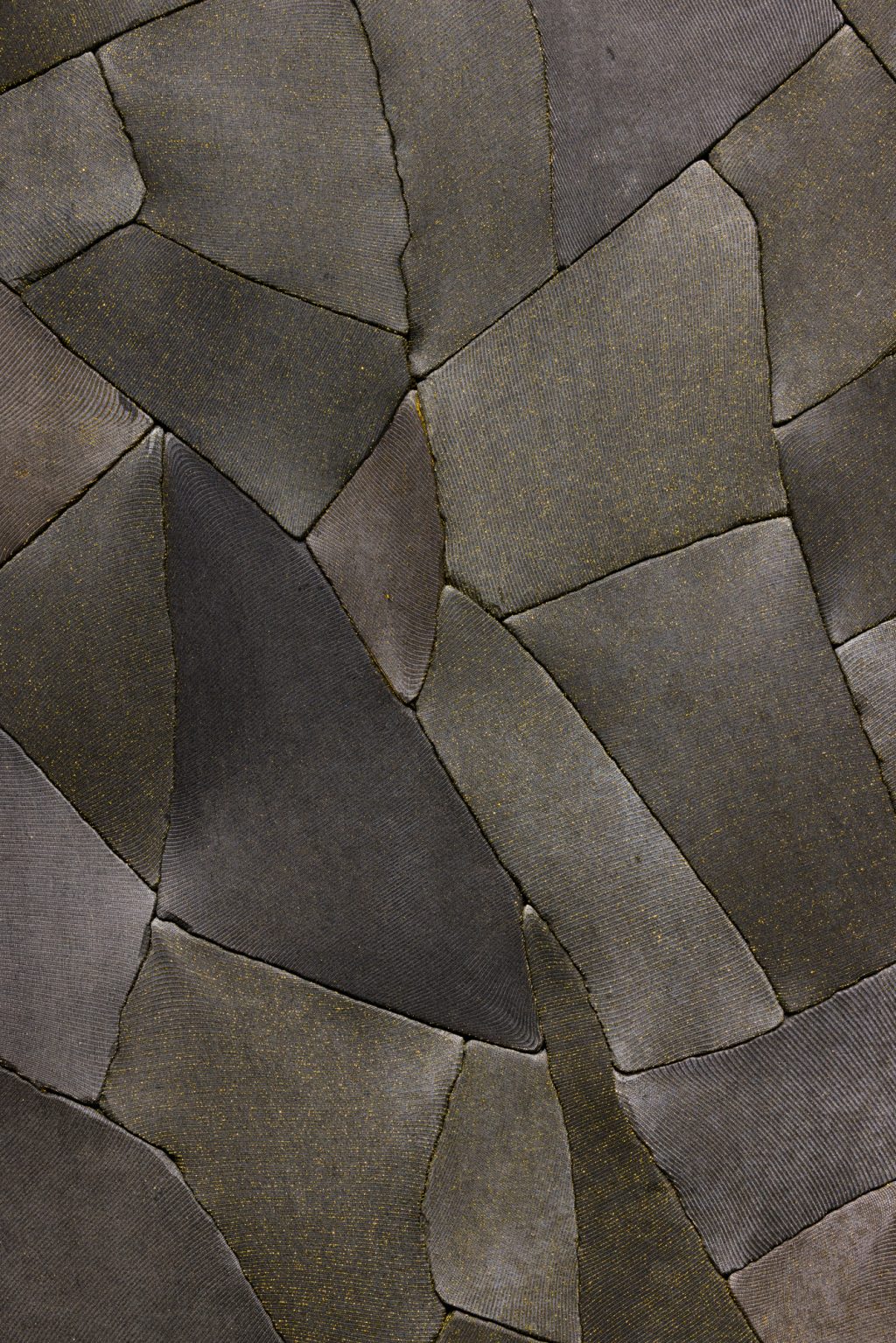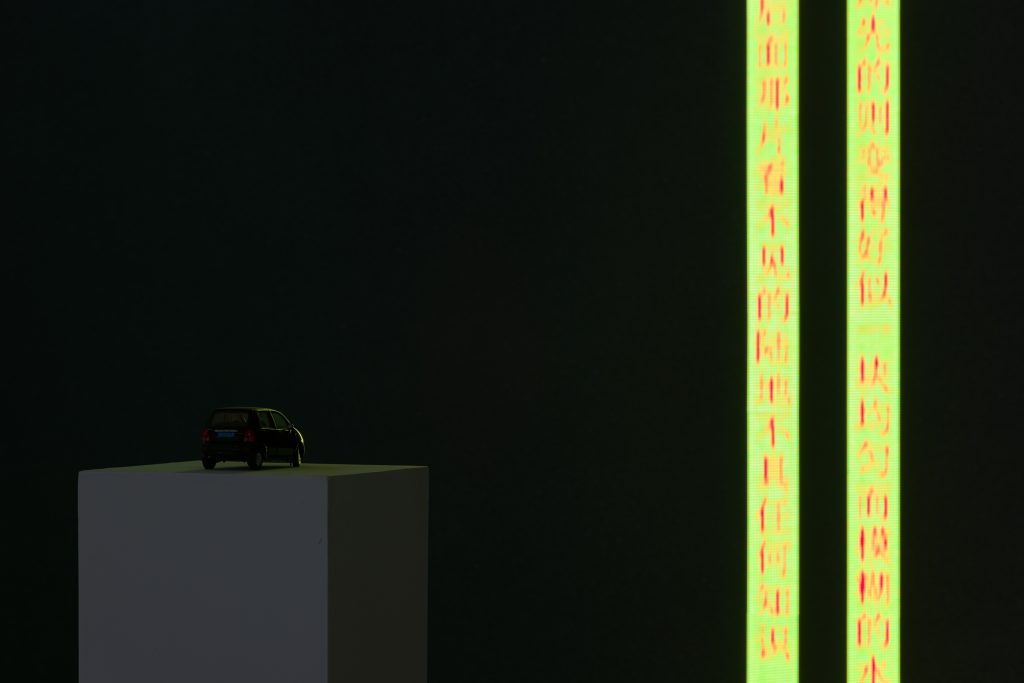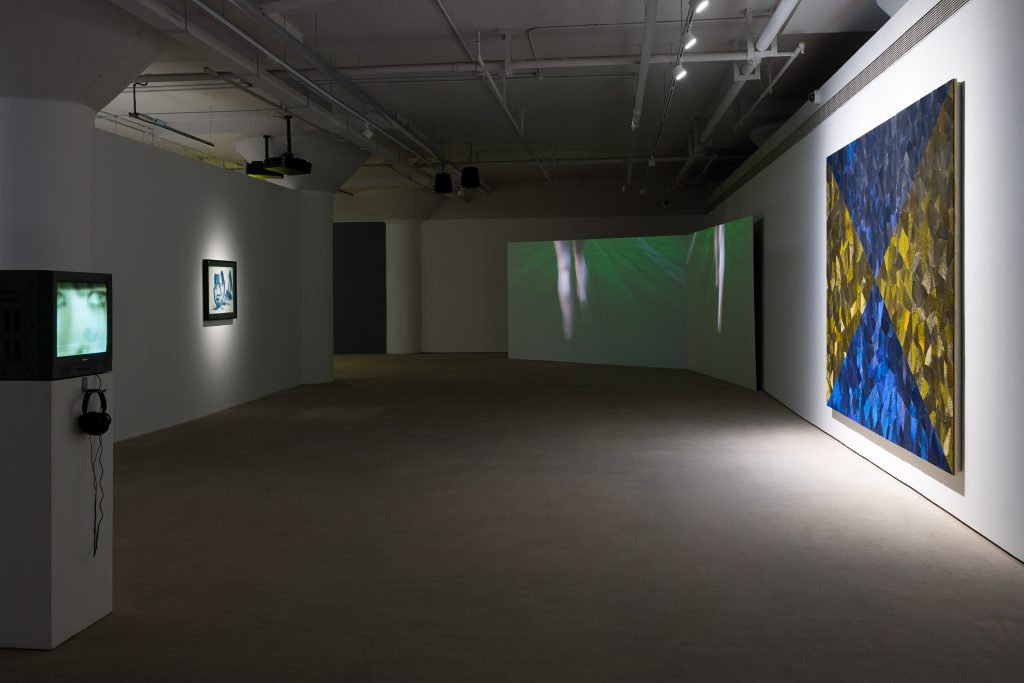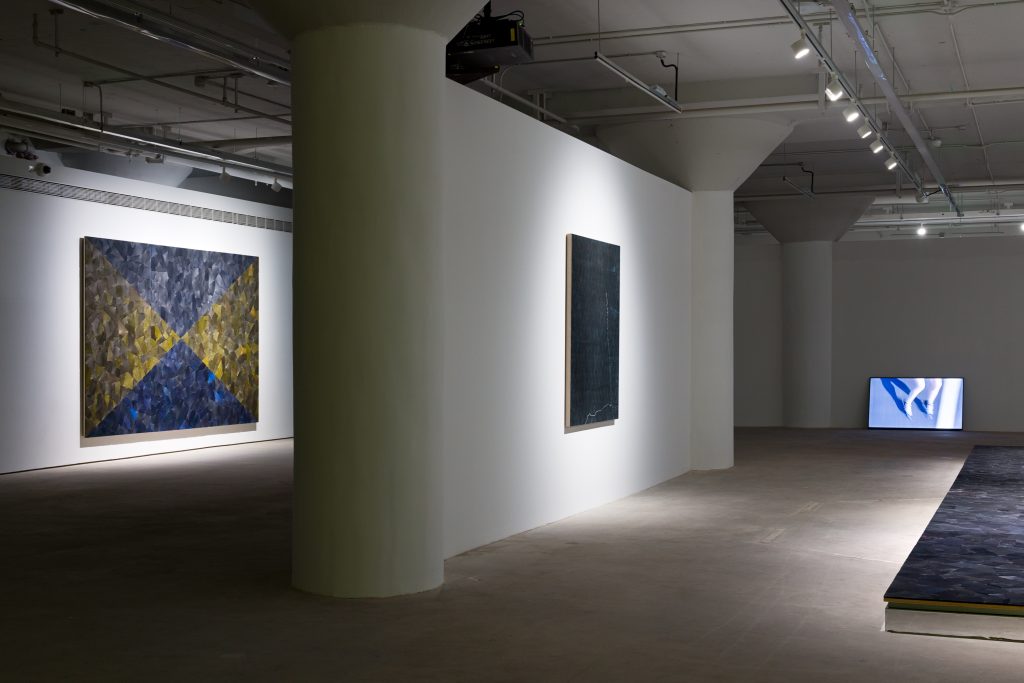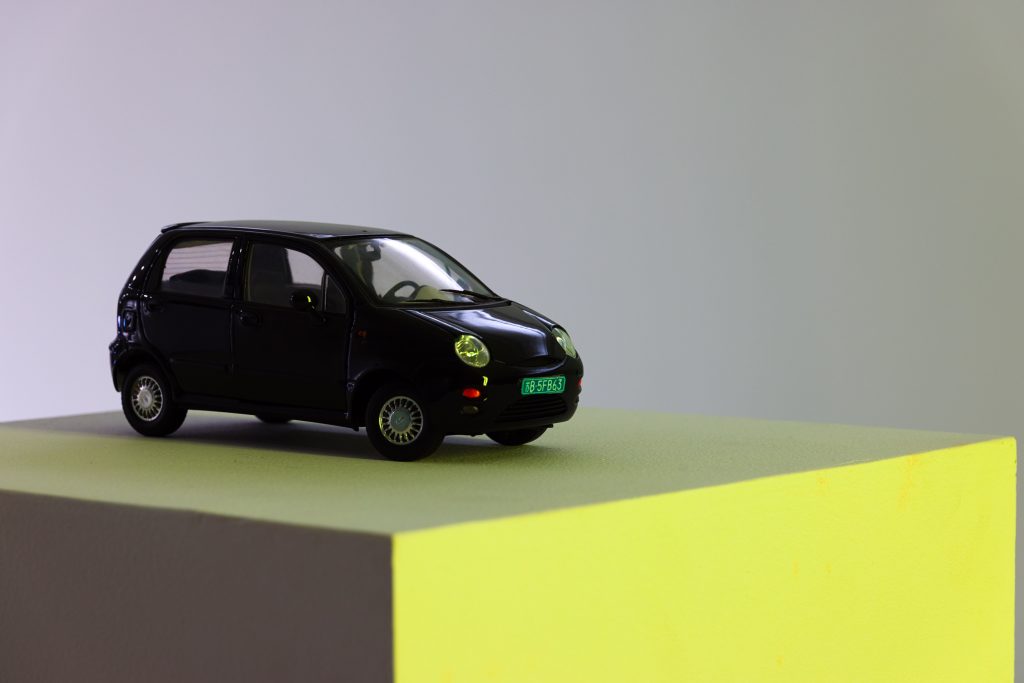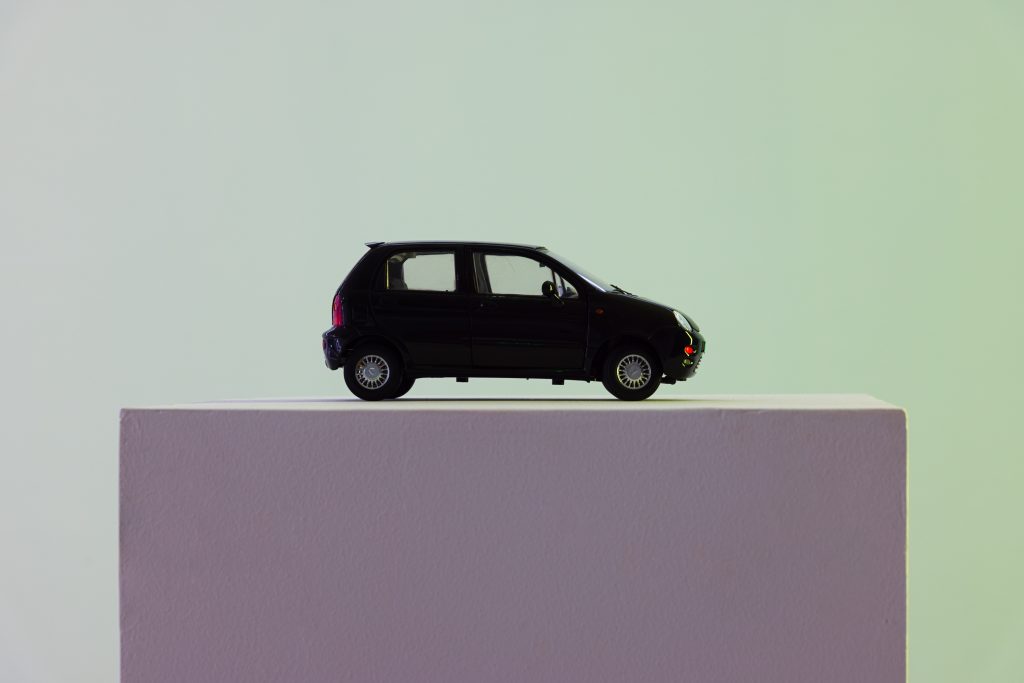TextualExhibition Text
Longlati Foundation | Ma Qiusha: The Mirror(-scape) of Your Skin
“The Mirror(-scape) of Your Skin” introduces a significant part of Ma Qiusha’s (b. 1982, Beijing) “Wonderland” series commissioned by the Longlati Collection and Patronage Program since 2018. It is the Foundation’s first exhibition dedicated to a single Chinese artist, incorporating a selection of important works from her past.
The title of the exhibition, “The Mirror(-scape) of Your Skin”, echoes the Foundation’s well-established commitment to encouraging female self-identification and its diverse practices. Ma was sensitive to implicit gender politics and collective empowerment throughout her upbringing. In her early performances, she addresses the materiality and relationality of the mind and the body in their various forms.
In a similar line of thought, Ma began working on the Wonderland series in 2015. Based on Derrida’s idea of Différance and the female bodily experiences – ineffable in the artist’s native culture, Wonderland combines metaphysics, lived and fictionalised memories, and wholistic contextual projection. The works uncover the contradiction and reconciliation between femininity and feminism under special historical conditions, as well as the co-existence and differentiation of female desire and the feminist discourse. Specifically, Ma contemplates the ego and the feminine skin by establishing degrees of alienation and rhetoric of mirrored image with nylon stockings. Broken cement shards, wrapped in stockings, are regrouped into one seemingly consistent plate; the twisted but unequivocal gaps defer the male gaze so that its desires never come to fruition.
As American essayist Elaine Scarry argues in The Body in Pain: The Making and Unmaking of the World, every artefact recreates and extends the body: chairs supplement the skeleton, tools append the hands, and clothing augments the skin.1 Ma sees stockings as prosthetic skin and contemplation as a resistance against the male gaze. She understands the consumption of artefacts as a disciplinary mechanism in the consumer society that severs women’s bodies into disjointed and idealized parts. The process intrudes on women’s autonomy and robs them of rights to full bodily experiences.
Addressing architecture as a filler for natural human abilities, Mark Wigley points out that “a blurring of identity is produced by all prostheses.”2 Similarly, Ma redraws the boundaries between prostheses and bodies to resist the blurring of the female identity and to reclaim space for female bodily experiences. Over the years, the artist has collected copious stockings in different materials: nylon, elastic, silky velvet, lace, and so on. The diverse styles and colors represent beauty standards for average Chinese women from various decades and age groups. Ma’s subversion and deconstruction of the ready-made object mark the differences within her aesthetics, thus delaying the formation and completion of an idealized archetype.
Titled after an abandoned theme park in Changping, Beijing built in the 90s, “WÒ DÉ LÁN” (Wonderland) is a phonetic spelling of the park’s pinyin name. Ma hopes to use the metaphor of the ruins to anchor her perpetually suspended feminist discourse.
“The Mirror(-scape) of Your Skin” also presents the artist’s past works on paper, photography, and video installation: Fog No.11, Page 26–17, A Beautiful Film, All My Sharpness Comes From Your Hardness, Yosemite, Gift, and so on. The body of work reflects Ma’s female-oriented stance on all aspects of her life. The recurring motifs in her works – razor blades, highways, mirrors, etc. – together with Wonderland, form the organizing structure for the exhibition and a focal point of the artist’s field of expression.
Notes:
1. Elaine Scarry, The Body in Pain: The Making and Unmaking of the World. New York: Oxford University Press, 1985.
2. Mark Wigley, “Prosthetic Theory: The Disciplining of Architecture,” in Assemblage, No. 15 (August 1991).
Date: 2022.7.15

